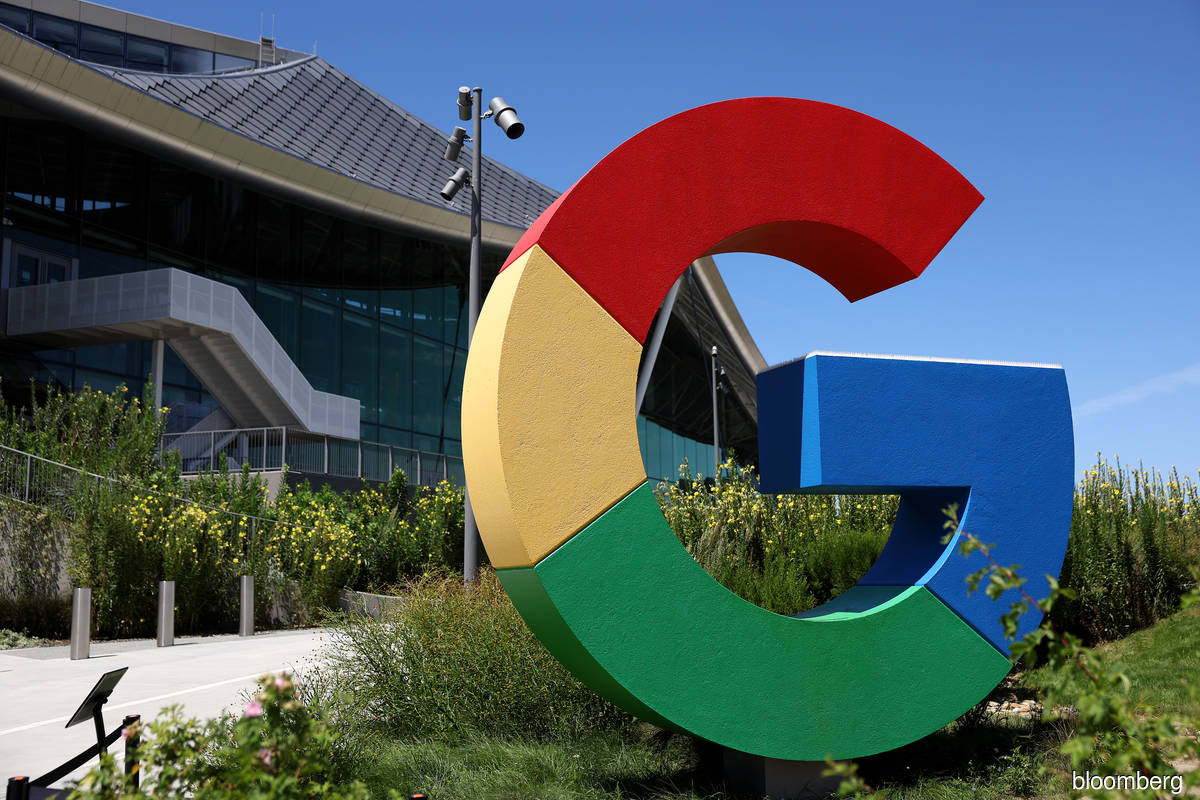Google told how its cloud data centers are provided with “green” energy
Google has announced a new Carbon-Free Energy Percentage (CFE%) tool that provides customers with information on the level of renewable energy in its cloud regions. Information about the average hourly “percentage of generated energy without carbon emissions» (CFE%) for most of the Google cloud regions is available on the company website and GitHub.

“Google first achieved carbon neutrality in 2007, and since 2017 we have purchased enough solar and wind power to meet 100% of our global electricity consumption. We are now building on this progress to achieve a new sustainability goal: to run our business on clean energy 24/7, everywhere, by 2030. Today we are sharing data on how we are coping with this task so that our customers can choose Google cloud regions based on the clean energy supplying them, ”the company said on its website.
CFE% reflects the extent to which a region was supplied with clean energy on average hourly. CFE% is calculated using data on the hourly power supplying the grid and the net energy on the grid produced through the Google PPA. In regions with a lower rating, the required amount of locally generated energy from alternative sources is missing more hours per year.
Of all Google Cloud availability regions for which data is available, us-west1 in Oregon is the greenest with a CFE of 89%. The least Asia-southeast1 is compliant in Singapore with CFE 3%. For most Asian regions other than Taiwan (19%), CFE% is not reported. Also, no data are provided for Zurich and Montreal, which are considered one of the most “carbon-intensive” regions, along with Jakarta and Japan.
Salesforce is one of the companies that has already integrated environmental considerations into their IT strategy, working to make the services they provide to their greener. “Salesforce believes it must harness the power of innovation and technology across all customer relationships to address climate change,” said Patrick Flynn, vice president of sustainability, Salesforce.
“We share this data to you, as well as the Salesforce, could take into account the carbon emissions from the adoption of decisions where to locate their services in our infrastructure – the company said in a blog – Just as the potential differences in the price or delay in the region, there are differences in the carbon emissions associated with the generation of electricity generated in each Google Cloud region. “
Greenpeace has previously criticized Google and other cloud providers for partnering with oil and gas giants, whose environmental impact (in terms of carbon emissions) is offset by the transition to alternative energy sources. At the same time, fears that data centers will consume more and more electricity have not been confirmed – thanks to the increase in energy efficiency, they still account for 1% of global consumption. However, the impact of the data center on the environment is not limited to this.









